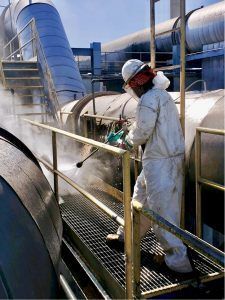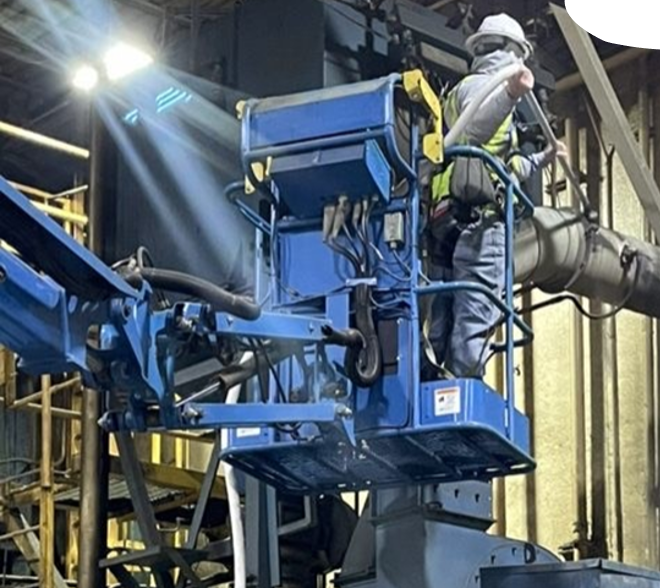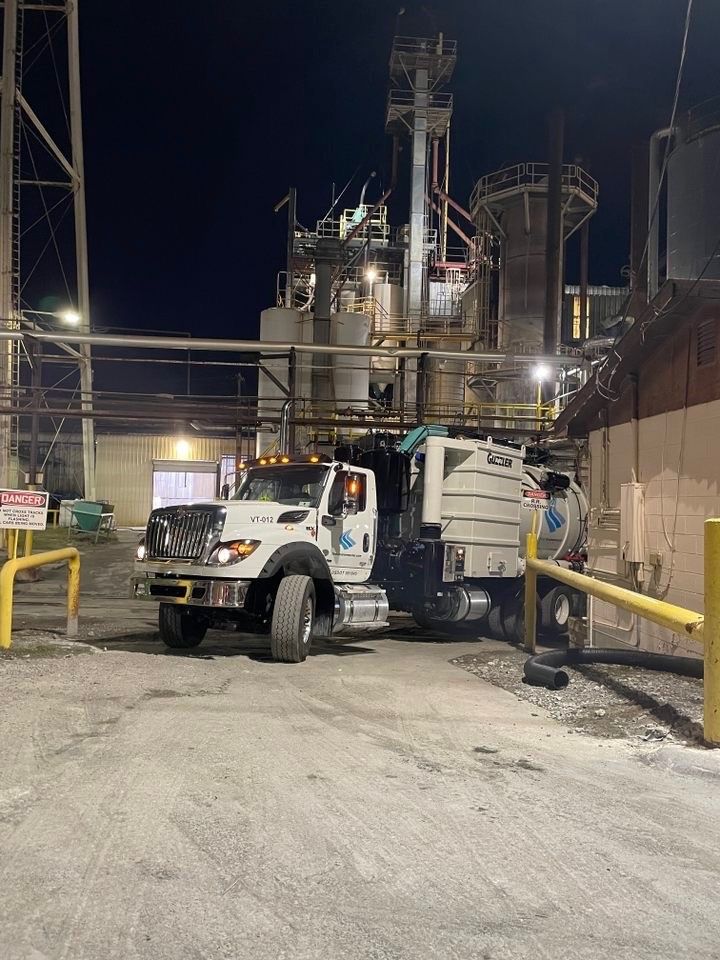Saving Time and Money
Using heavy industrial equipment to clean your most challenging problems is our business. Having the right team to use that equipment is why clients turn to us for maintenance support.
We want to help our clients run better and minimize their expenses. Finding the best way to approach the problem, solving it, and doing so promptly saves money. Improving the efficiency of your equipment also saves you money.
Let First Environmental evaluate ways to improve your business.
Here are a few ways we can help.
- Experts at efficiency, finding the best way to do the job.
Proper industrial cleaning will increase the performance of equipment, therefore improving production.
Efficiency is about doing the same with less. Our goal is to improve labor efficiency by finding ways to reduce the number of labor hours required to get the job and produce the same output level, which translates into savings for our customers. - Right Equipment gets the best bang for the buck.
There is the right tool for every job.
Pressure washer or Water blaster
Liquid Vac or Air Mover
Etc.
Proper Equipment helps our team get the job done right, helping reduce customer downtime. - Lifecycle performance of Equipment by routine maintenance.
Customers cannot afford downtime for repairs, so it is imperative to schedule routine maintenance cleanings.
More efficient equipment means fewer energy expenditures for our customers.






